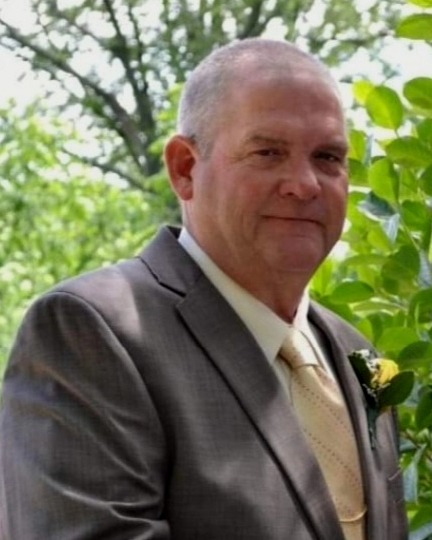Our “JustServe” project, which involves chronicling photos of headstones for the MIllionGraves project, has not worked out the way we wanted.
Not that we haven’t tried; but, when it rains for days on end, even a couple of sunny days are not conducive to tramping through muddy graveyards. Today would have been a perfect day except, wouldn’t you know it, my rental car is out of gas. So, no trip to the graveyard this morning. It is supposed to rain all weekend; it looks like Tuesday will be our next opportunity to try again.
I’ve decided to start at the cemetery where a lot of my family, including my parents, are buried. I haven’t visited there in quite a while, although it is only fifteen minutes away. I have been busy. That seems to be my biggest excuse for a lot of things these days. It is true; I am very busy most days, but there is no reason I cannot take the time to make that short trip. I don’t know that any of my family has been there since my mother passed away. It is time to visit, care for Mom and Dad’s grave site, and show the kids where their great-grandparents are buried.Only two of the grandchildren met my dad, and they were both too young to remember him. Their grandmother, on the other hand, spent a lot of time with all of her grandchildren and great-grandchildren. It is important for the offspring to remember both of them and for the great-grandchildren to learn as much as they can about them. They were wonderful, industrious, and loving people, and I want my grandchildren to understand how important they were in all our lives. I want them to know the legacy they left behind.
So, East Bend Mennonite Memorial Gardens will be the first cemetery that we photograph. I will then have photos of not only my close relatives buried there but also photos of all the ancestors who passed away so long ago that I have either forgotten them or never had the opportunity to meet them. I want to try to learn as much about each one of them as possible. That interrelationship with family, no matter how many generations have passed, is important to me and I want my grandchildren to feel that connection as well.







